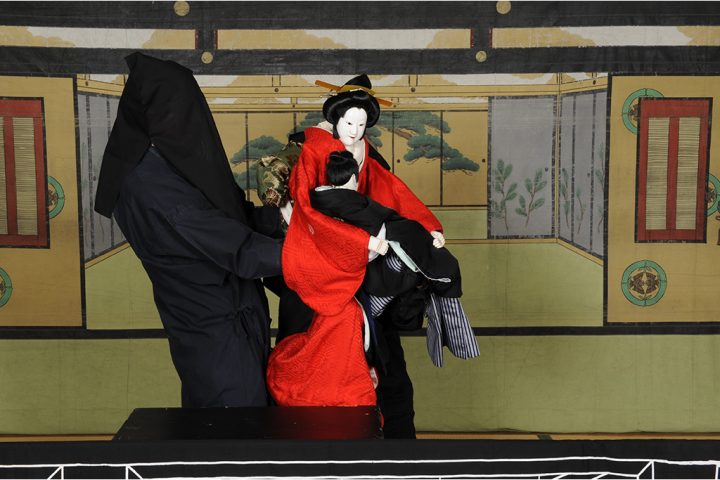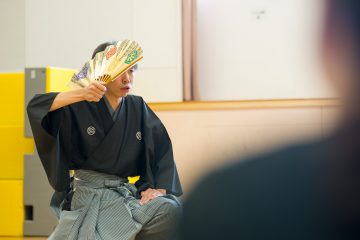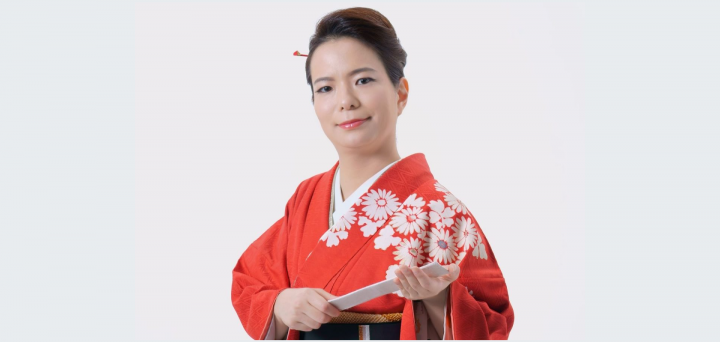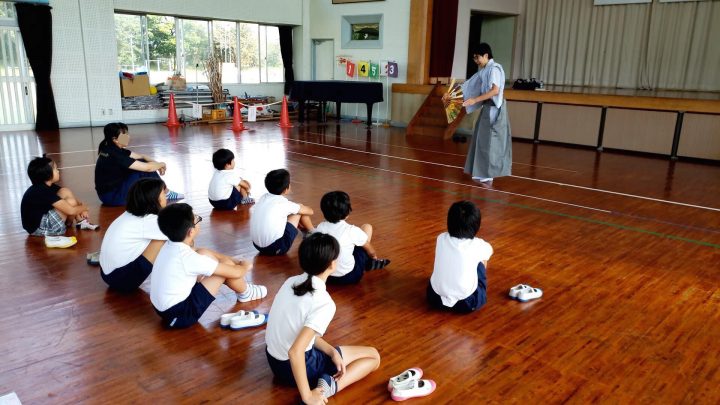February performance: Children's Seasonal Almanac - Experience the "Sasara Dance" that has been passed down since ancient times
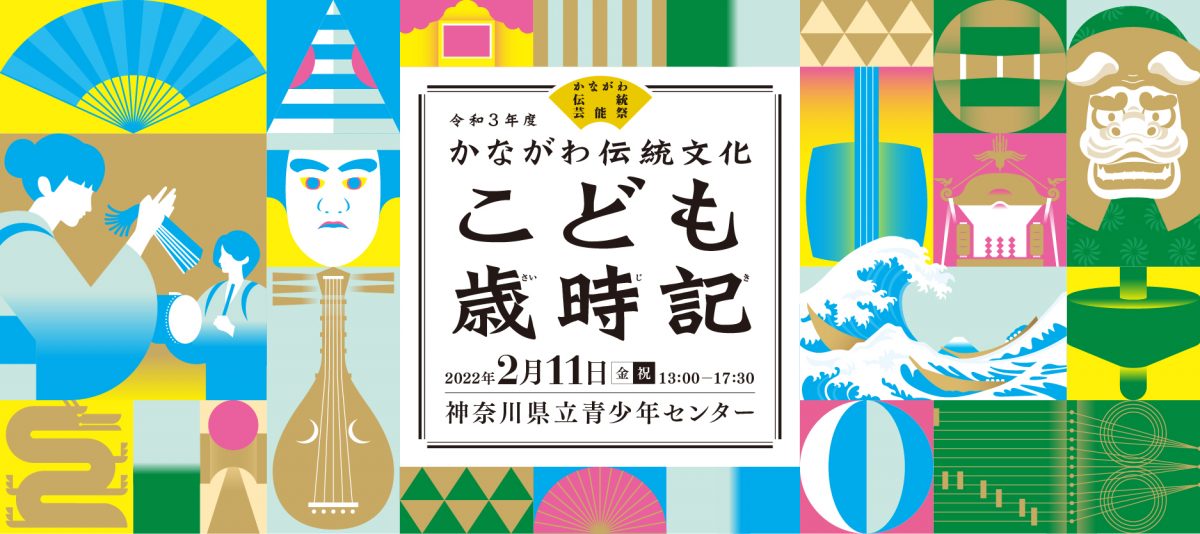
"Kanagawa Traditional Culture Children's Seasonal Calendar" will be performed on February 11th at the Kanagawa Prefectural Youth Center Momijizaka Hall Foyer.
This performance was planned as a first step in passing on to future generations the wonderful landscape of traditional culture, including the dances, customs, beautiful words, and songs that have been carefully passed down in our local communities, so that more people can experience and enjoy the charm of this culture.
The performance is divided into two parts, with the theme of "Four Landscapes We Want to Connect to the Future."
In the first part, you can enjoy traditional performing arts that pay tribute to the hometowns of each region through songs and dances, as well as experiencing traditional culture from long ago, such as woodblock printing, local toys, and Kamishibai (paper theater). In the second part, titled "Exploring Kanagawa's Famous Places Through Traditional Performing Arts," set in Enoshima, a scenic spot that Kanagawa Prefecture is proud of, tales that have been passed down through the generations will be told through the guidance of a storyteller, and renowned artists active in the world of traditional performing arts will draw you into the magnificent world of folk tales through Noh, biwa, koto, and other instruments.
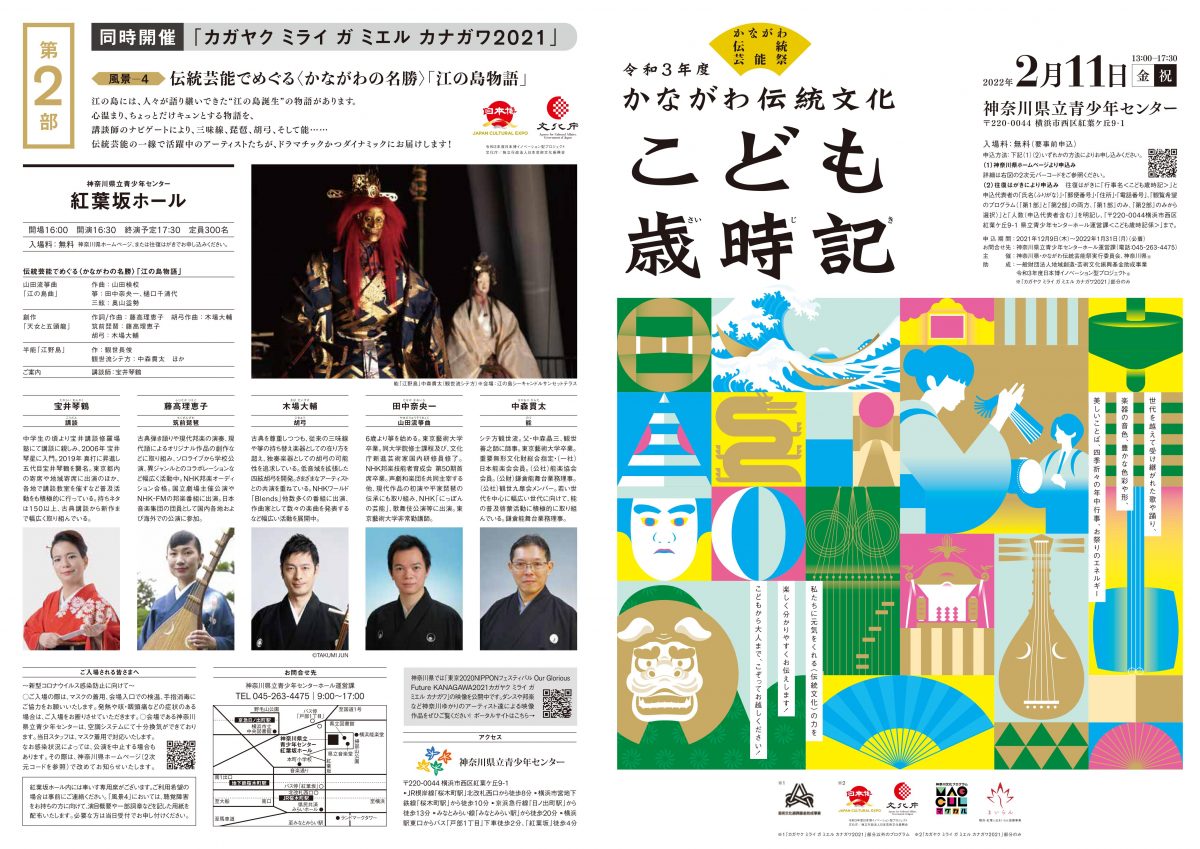

This time, we focused on the "Sasara Dance," a traditional dance from Kanagawa Prefecture that will be performed in the first part of the festival. We also had the opportunity to interview Takuro Suzuki, a choreographer, director, and dancer who choreographed, composed, and directed the performance "SASARA," which expresses the rich world of "Sasara Dance" through contemporary dance. It was a very interesting and fascinating talk.
Before that, let me give you a brief introduction to Sasara Dance.
Sasara Dance, which is now passed down in western Kanagawa Prefecture, became popular during the Edo period and is said to be one of the roots of Bon Dance.
Although it fell into disuse due to bans and the Great Kanto Earthquake, it was revived while memories of the dance remained, and currently seven different versions of the Sasara Dance, each with different lyrics and dance, are passed down in Atsugi City, Hadano City, Ashigara City, and other areas (there are various theories).
The main focus is on circle dancing, and instead of flutes or other instruments, a bamboo percussion instrument called the "bin sasara" is used, resulting in a very simple and rustic sound. Apparently, it was originally danced by unmarried girls hoping to meet someone, and the lyrics depicting encounters and love affairs between men and women, as well as the charms and everyday life of each region, make this a simple yet profound traditional performing art that is deeply rooted in the land and its people.
Currently, it is being carefully passed down by preservation societies in each region, and in 2008 it was designated an intangible folk cultural asset of the prefecture as "Sagami Sasara Dance."
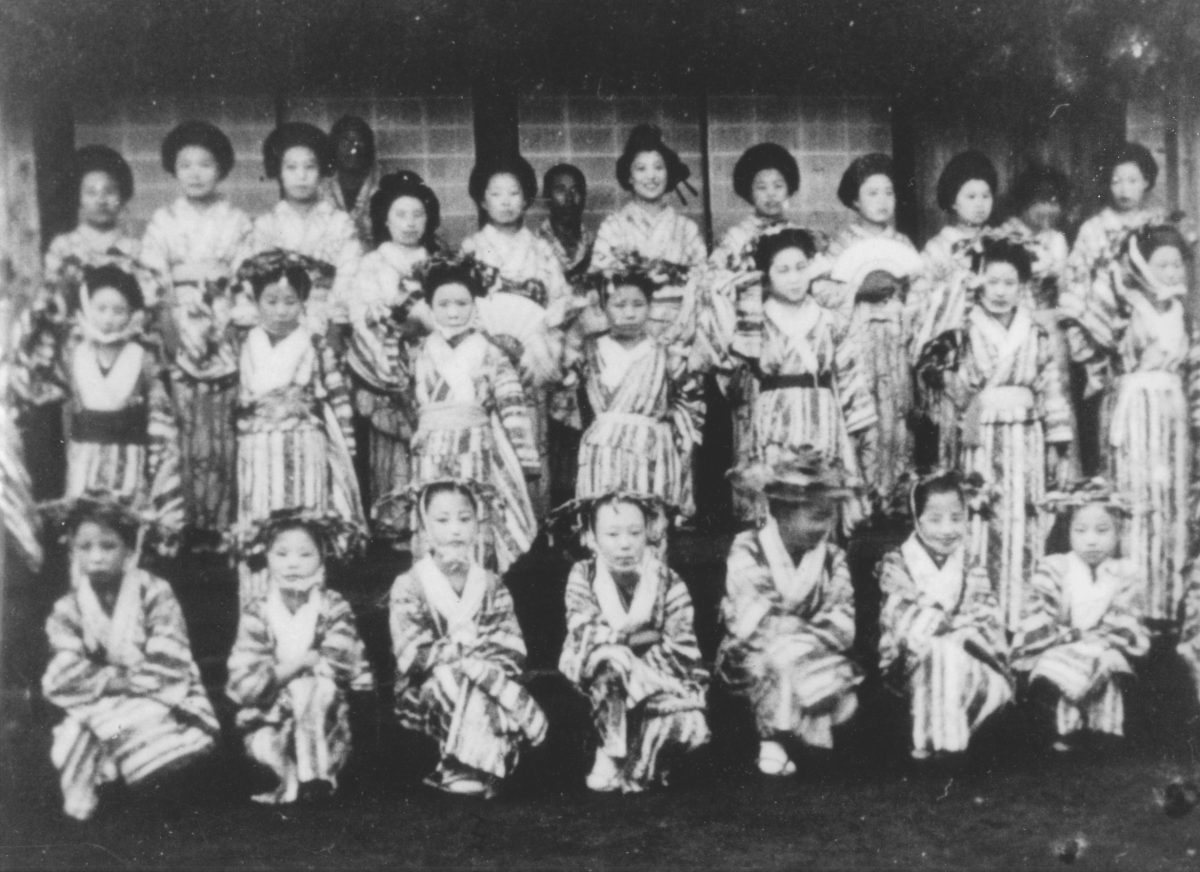
Sasara Dance in the early Showa period (Photo courtesy of Hadano City Board of Education) It is clear that the dance is made up of young women.

Sagami Sasara Dance (Aiko Sasara Dance Bon Festival Song Preservation Society, 1994 / Courtesy of Atsugi City Board of Education)
In the first part of this performance, you can enjoy two performances of the Sasara Dance: "Sagami Sasara Dance" performed by the Aiko Sasara Dance Bon Uta Preservation Society (Atsugi City), Hase Sasara Dance Bon Uta Preservation Society (Atsugi City), and Hadano Sasara Dance Preservation Society (Hadano City), and "SASARA" by CHAiroiPLIN, the dance company led by the aforementioned dancer and choreographer Suzuki Takuro.
CHAiroiPLIN's appeal lies in their fun performances that are free from preconceived notions and are based on the concept of "dance x theater," incorporating plenty of dialogue and onomatopoeia, and are appealing to people of all ages.
Sorry to keep you waiting.
Let's talk to Takuro Suzuki about how they will captivate us with this traditional Sasara Dance.

Takuro Suzuki, founder of CHAiroiPULIN
■Please tell us what you thought after learning about the background of Sasara Dance.
First of all, I had never heard of Sasara Dance until I was approached about this project, so I did some research myself and spoke to members of the preservation society.
What surprised me, and was almost touched, was that the content and origins of the lyrics differ depending on the region. In other words, it's proof that the lifestyle and culture of each region are being passed down properly through song and dance. I was honestly happy to learn that there are people who are trying to preserve the scenery and feelings of their lives for future generations in this way.
As I listened to them talk, as if reminiscing, about how men and women would meet at the dance venues and about the lives of people at that time, I felt that it is because of the memories, smells, recollections, atmosphere, and other living stories from that time that have been ingrained in dancers from generation to generation that this dance has been passed down to the present day.
■Highlights of SASARA and the future of Sasara Dance
When composing this piece, I used Tanabata, a theme found in the lyrics of Sasara Odori dances in every region, as the foundation. It is a custom of people gathering together to make wishes on the unknown world of the universe, including the stars and the Milky Way.
At first glance, it may seem impossible, but people continue to believe in something inherent in the legends that make wishes come true, and this tradition continues to this day. I think it's important to preserve in our memories these old-fashioned legends, folk tales, and scary stories about monsters. To do this, I think we need to make them funnier and more inventive so that they stick in people's memories and hearts, rather than conveying everything in a completely honest and unvarnished way.
Of course, it's important to preserve the original form as it is, and I think we should do so, but I feel that the hurdles are too high to pass it on to the next generation as it is now, and that people might not be able to enjoy it as they are.
That's why this time, in keeping with CHAiroiPLIN's style, SARASA has made the flowers and insects that appear in the lyrics characters so that everyone, regardless of age or gender, can enjoy the song.
When depicting humans, using ephemeral things like flowers and insects is more appealing than humans themselves and allows the drama to be conveyed more fully.
Six characters - a dragonfly, a rape blossom, a pumpkin flower and a grasshopper - dance at a colorful party celebrating Tanabata. They don't wear kimonos, but hats, tailcoats and party dresses. They rejoice in the various encounters they make there, and connect with each other through dancing.
We are good at turning words into dance, so we interpret and digest the original form in our own way, choreograph it, and add color to it. If even a small percentage of the children who see it become interested and want to know the original form, that's enough for us. We create an opportunity for them to learn.
I think I can continue to be involved in passing this tradition on in the future, so I hope that everyone in the family will watch it together, regardless of generation.
I hope that the fun songs and dances will remain in everyone's minds, and that in 10 years' time, children will say, "Oh, that was Sasara Dance!" (laughs)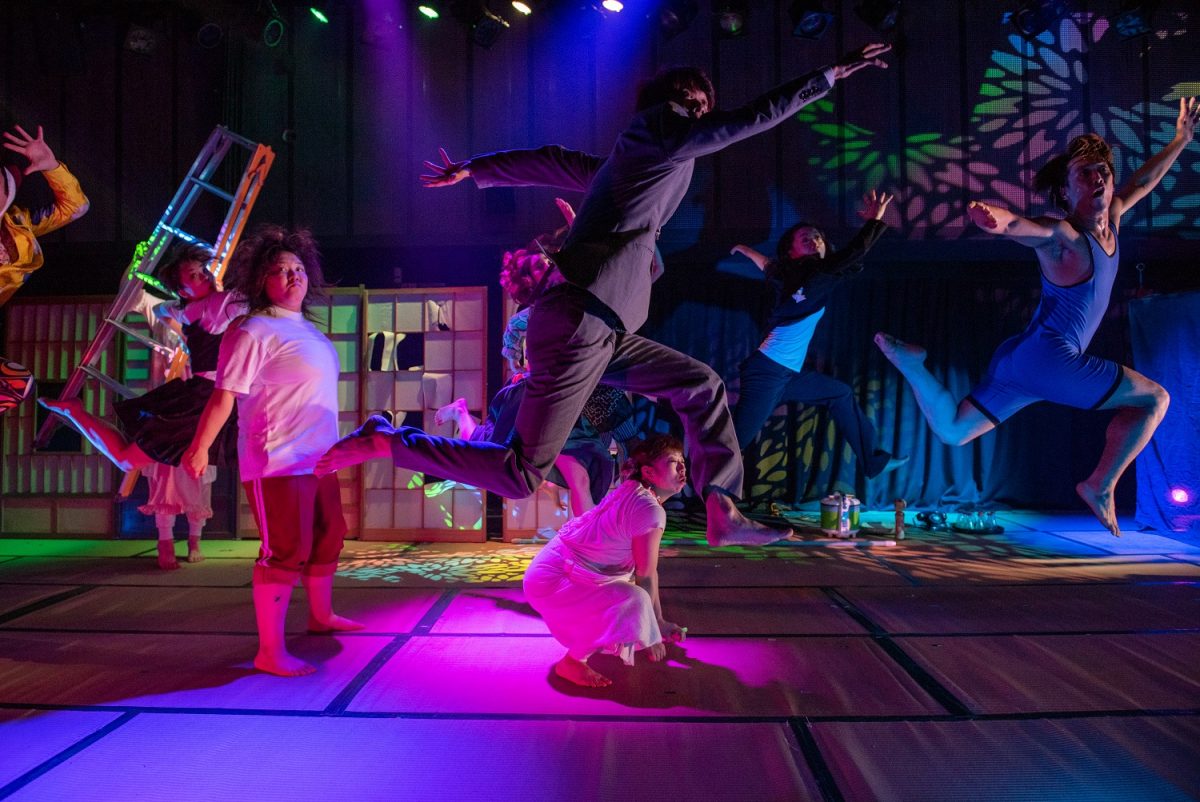 CHAiroiPLIN's dancing fairy tale "AZUKI" performance at Kanagawa Prefectural Youth Center Studio HIKARI
CHAiroiPLIN's dancing fairy tale "AZUKI" performance at Kanagawa Prefectural Youth Center Studio HIKARI
■Please say a few words to everyone who is looking forward to watching the film.
After all, Sasara Dance is said to be the root of Bon Dance, and is a dance that seeks encounters.
You're sure to make new discoveries when you come to the theater.
SASARA is an encounter between people who want to cherish things that have existed for a long time and us who want to cherish new things. I hope that those who watch it will also come to the theater expecting to encounter something they have never known before. It could be a new sensation or way of thinking.
I don't know what it is, but I think I'll be a slightly different person when I get home.
I hope you will come without being afraid of change and with a spirit of challenging yourself. We'll be waiting for you!
Kanagawa Traditional Culture Children's Seasonal Calendar 2021
[Date and Time] February 11, 2022 (Friday, public holiday)
13:00-17:30
[Venue] Kanagawa Prefectural Youth Center Momijizaka Hall Foyer
[Admission fee] Free (advance registration required)
*Some workshops require a fee
[How to apply] Please apply using either method [A] or [B] below.
[A] Apply using the application form
[B] Apply by postcard
On a return postcard,
①Please write "Children's Seasonal Calendar" as the event name.
②Name (furigana), postal code, address, and phone number of the representative applicant
③The program you wish to see
Choose from both "Part 1" and "Part 2", "Part 1" only, or "Part 2" only
④ Number of participants (including the representative) *Up to 5 people
Please specify and send it to the address below.
Application address: 9-1 Momijigaoka, Nishi-ku, Yokohama, 220-0044
Prefectural Youth Center Hall Management Division, Children's Almanac Section
[Application period] Thursday, December 9, 2021 to Monday, January 31, 2022 (must arrive by this date)
[Organizer] Kanagawa Prefecture, Kanagawa Traditional Performing Arts Executive Committee, Kanagawa Prefecture
[Subsidy] Regional Creation and Arts and Culture Promotion Fund Grant Program
FY2021 Japan Expo Innovation Project
[Inquiries] Kanagawa Prefectural Youth Center Hall Management Division
Phone: 045-263-4475 (9:00 to 17:00)
